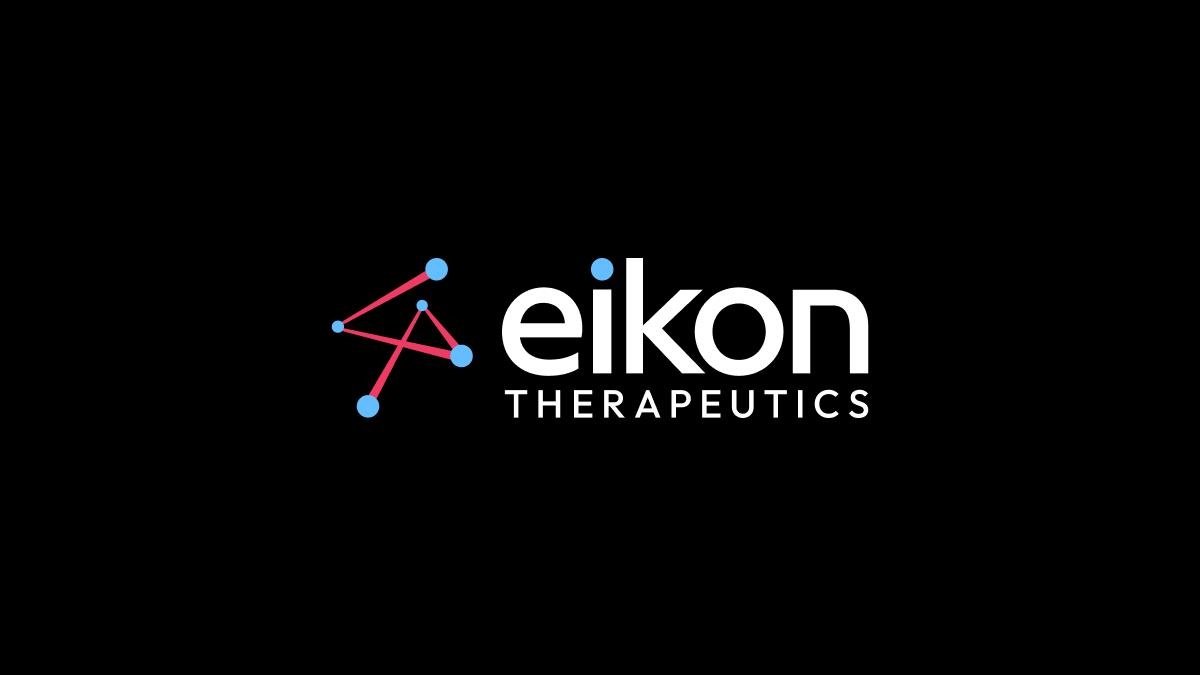Overcoming regulatory hurdles to unleash breakthrough innovations: Cell and gene therapies and radiopharmaceuticals

The life sciences industry is currently undergoing a significant transformation, driven by the rapid development of new modalities such as cell and gene therapies (CAGT), and substantial new investments in radiopharmaceuticals. These innovations offer tremendous potential for patient care by potentially revolutionising treatment approaches and outcomes for previously intractable conditions.
However, these innovations also introduce a regulatory complexity that in certain ways differs from traditional drug development, due to their innovative nature and the pace of technological advancement. This makes navigating the evolving regulatory landscape not just a compliance necessity, but a strategic imperative that can significantly influence the speed and success with which these transformative therapies reach patients.
Within this highly regulated industry, organisations must be aware of the regulatory considerations of new modalities. The novelty of innovation, alongside regulatory divergence across geographies and localities, poses a challenge for drug developers. Staying current with all regional and local requirements for drug development is not merely important - it is essential for navigating the complex and ever-changing regulatory landscape effectively. Failing to do so can result in significant setbacks, including delays in drug approval and potential market withdrawals, which could jeopardise patient access to these critical therapies. Keeping up with shifting regulations around novel technologies, such as radiopharmaceuticals and CAGT, rely on best practices for identifying the correct regulatory pathways and strategies.
Growing investment in radiopharmaceuticals
As investment surges in radiopharmaceuticals - radioactive agents used to diagnose medical conditions and treat certain diseases - the stakes for regulatory compliance have never been higher. The last six months have seen a significant boom in investment, with these agents not only playing a crucial role in imaging, but also projected to grow at a compound annual growth rate of 10.2%, signalling a highly promising future.
Radiopharmaceuticals, however, present unique regulatory challenges. They must meet rigorous standards for pharmaceutical and radiation safety, requiring drug developers to adhere to strict guidelines to ensure their safe handling and delivery of these investigational products. Key considerations include compliance with guidance from the International Atomic Energy Agency, adherence to site-specific radioactivity licenses and the management of specific conditions for testing samples and post-study materials.
Expanding CAGT guidelines
Similarly, CAGT face their own set of regulatory challenges as they push the boundaries of traditional treatment methods. CAGT offer tremendous promise in areas where traditional treatments may fall short, and the guidelines for development are expanding. The US Food and Drug Administration (FDA) recently issued guidance around genome editing chimeric antigen receptor T-cell therapies, highlighting the need for specialised knowledge to protect patients and providers. The US FDA also recently established the Office of Therapeutic Products, underscoring the importance and extensive growth of novel CAGT treatments. The development of these treatments may include the involvement of rare patient populations, as well the maintenance of cell viability during transit and long-term follow-up requirements for up to 15 years post-trial.
The regulatory nuances of radiopharmaceuticals and CAGT are complex - drug developers must navigate a maze of continually updated guidelines and standards. In addition, the lack of harmonisation of global regulations requires organisations to stay up-to-date with evolving regulatory frameworks and local requirements to meet different market needs.
Staying on top of evolving requirements
Given the complex regulatory landscape outlined above, staying informed about evolving regulations and guidelines is crucial for fostering innovation while ensuring compliance. As sponsors and drug developers work to stay ahead of the latest updates, adapting and adopting as quickly as possible becomes critical. Teams must equip themselves with the right tools to stay ahead of regulatory trends. For novel therapies such as radiopharmaceuticals and CAGT, there are a few best practices to follow:
1. Track updates. Build dashboards and utilise tracking methods and processes to stay informed about the latest regulatory developments. Regularly monitor guidelines and guidance documents from regulatory authorities.
2. Prioritise regulatory intelligence. Incorporate regulatory precedence and learning as more products begin to make their way through development towards review and approval. Develop science-based and data-informed policy research and advocacy strategies for key regulatory areas of drug development. Artificial intelligence (AI) can empower regulatory intelligence tools, such as chatbots, to provide faster, deeper insights.
3. External expertise. Augment "in-house" expertise with external capabilities and data analysis. Leverage regulatory policy expertise and experience with the US FDA, the European Medicines Agency (EMA), and regulatory authorities from jurisdictions around the globe.
These innovations are set to transform patient care by introducing groundbreaking therapies for diseases that have long been difficult to treat. As we navigate the complex regulatory landscapes for radiopharmaceuticals and CAGT, it is key to view these challenges through the lens of broader industry trends.
The ongoing shift towards personalised medicine is making the timely approval of new modalities more crucial than ever. Additionally, the integration of technologies such as AI and data analytics is not just enhancing treatment efficacy, but also transforming regulatory processes. By aligning regulatory strategies with these trends, we can better facilitate the rapid development and deployment of innovative treatments, ultimately accelerating the evolution of healthcare towards more personalised and technologically integrated solutions.












